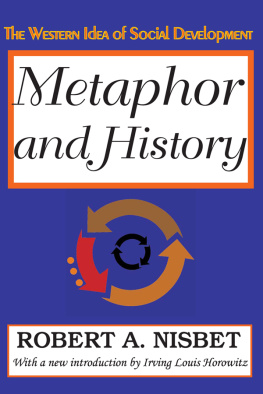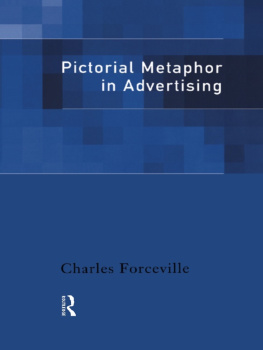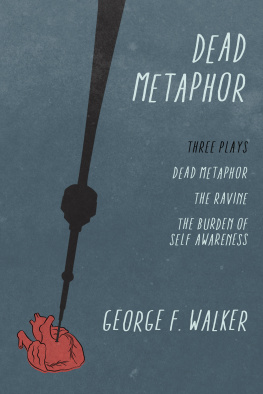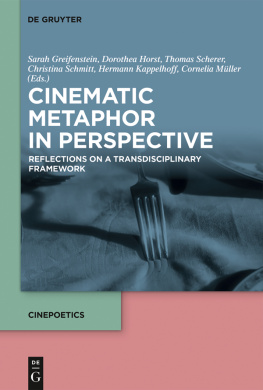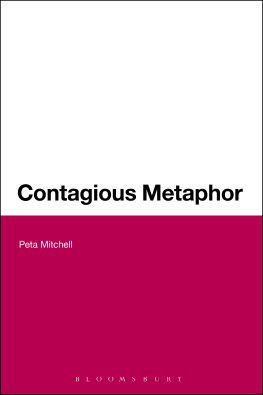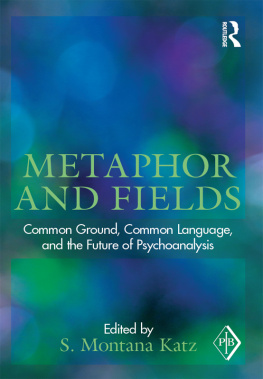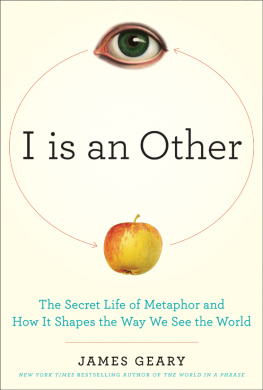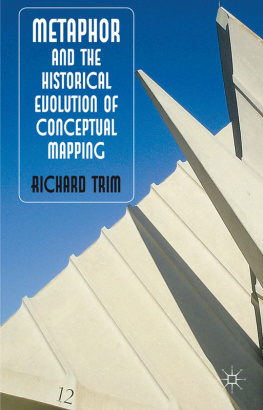Guttenplan, Samuel , Department of Philosophy, Birkbeck College, University of London
Objects of Metaphor
Publication date 2005 (this edition)
Print ISBN-10: 0-19-928089-4
Print ISBN-13: 978-0-19-928089-6
doi:10.1093/0199280894.001.0001
Abstract: Objects of Metaphor offers a philosophical account of the phenomenon of metaphor which is radically different from others in the literature. Yet for all its difference, the underlying rationale of the account is genuinely ecumenical. If one adopts its perspective, one should be able to understand the substantial correctness of many other accounts, while at the same time seeing why they are not in the end completely correct. The origins of the account lie in an examination of the conception of predication. Unreflectively thought of as a task accomplished by words, it is argued that predication, or something very much like it, can also be accomplished by non-word objects (objects here include events, states of affairs, situations, actions and the like). Liberated in this way from words, predication becomes one central element in the account of metaphor. The other element is the move from language to objects which, adapting an idea of Quines, is thought of as the limiting case of semantic descent. Whilst the Objects of Metaphor account presents other accounts in a new light, its main importance lies in what it says about metaphor itself. Powerful and flexible enough to cope with the syntactic complexity typical of genuine metaphor, it offers novel conceptions of both the relationship between simile and metaphor and the notion of dead metaphor. Additionally, it shows why metaphor is a robust theoretic kind, related to other tropes such as synecdoche and metonymy, but not to be confused with tropes generally, or with the figurative and non-literal.
Keywords: W.V.O Quine,predication,semantic descent,simile,dead metaphor,synechdoche,metonymy,figurative,non-literal,trope

Great Clarendon Street, Oxford ox 2 6 dp
Oxford University Press is a department of the University of Oxford.
It furthers the University's objective of excellence in research, scholarship,
and education by publishing worldwide in
Oxford New York
Auckland Cape Town Dar es Salaam Hong Kong Karachi
Kuala Lumpur Madrid Melbourne Mexico City Nairobi
New Delhi Shanghai Taipei Toronto
With offices in
Argentina Austria Brazil Chile Czech Republic France Greece
Guatemala Hungary Italy Japan Poland Portugal Singapore
South Korea Switzerland Thailand Turkey Ukraine Vietnam
Oxford is a registered trade mark of Oxford University Press
in the UK and in certain other countries
Published in the United States
by Oxford University Press Inc., New York
Samuel Guttenplan 2005
The moral rights of the authors have been asserted
Database right Oxford University Press (maker)
First published 2003
All rights reserved. No part of this publication may be reproduced,
stored in a retrieval system, or transmitted, in any form or by any means,
without the prior permission in writing of Oxford University Press,
or as expressly permitted by law, or under terms agreed with the appropriate
reprographics rights organization. Enquiries concerning reproduction
outside the scope of the above should be sent to the Rights Department,
Oxford University Press, at the address above
You must not circulate this book in any other binding or cover
and you must impose this same condition on any acquirer
British Library Cataloguing in Publication Data
Data available
Library of Congress Cataloging in Publication Data
Data available
ISBN 0-19-928088-6 978-0-19-928088-9
ISBN 0-19-928089-4 (Pbk.) 978-0-19-928089-6 (Pbk.)
1 3 5 7 9 10 8 6 4 2
end p.iv
Introduction
Samuel Guttenplan
The only reasonable response to the philosophical literature on metaphor is one of despair. This is not because what one finds there is bad; far from it. Though I don't think that anyone is quite right about metaphor, very few writers are simply wrong. Nor is the despair grounded on the sheer volume of the literature and its almost exponential increase in recent years. To be sure, if you thought you could get some grip on it in a weekend, a week, or even a month, the impossibility of this might well depress you. But of course such volume is also a sign of health in an area of investigation. It is certainly not a reasonable ground for desperation.
What justifiably brings one low in confronting this literature is neither its quality nor its scale, but rather the sense that, even though so many sensible things have been said about metaphor, it seems impossible to see how they might form any sort of single, coherent picture. It is as if a lot of very clever people, confronted with a huge jigsaw puzzle, all set to work in different places. Pieces, often many, are fitted together, and if you watch them being assembled, it is easy enough to share the satisfaction that comes from each additional piece snapping into place. But if you stand back to try to get some sense of the whole, what you see are only small sections, jagged in outline, which do not suggest that they themselves fit together.
What makes all the difference to the assembly of a jigsaw puzzle is what, in any actual case, is provided on the box the pieces came in: a drawing of the finished picture. In life, and here this means in our dealing with the philosophical problem of metaphor, there is no such picture. So, what we have to do is somehow fit pieces together, without forcing those that form only an 'almost' perfect fit, while at the same time sketching for ourselves at least an outline of the whole. In some areas of philosophy, one has the feeling (perhaps wrongly) that the sketch has been done, even if the pieces haven't yet been assembled; in others we have only part of that sketch. But, as the opening remark suggests, my sense is that we are in worse shape with respect to metaphor: we have many assembled sections and no real idea of how the whole ought to look. As you might expect from the use of the jigsaw metaphor, it is my aim in this book to provide the missing picture, but as you must also realize I do not think this is straightforward.
Given that philosophy is not a jigsaw puzzle in which we start with a drawing on the box, it would be wrong to think that one could provide a philosophical sketch of what needs to be done independently of trying to do it. So what follows will not be an attempt to stand to one side while offering advice about how philosophical sections of the metaphor puzzle should be joined up. That just wouldn't work. Rather, I shall offer a philosophical account of metaphor which,


